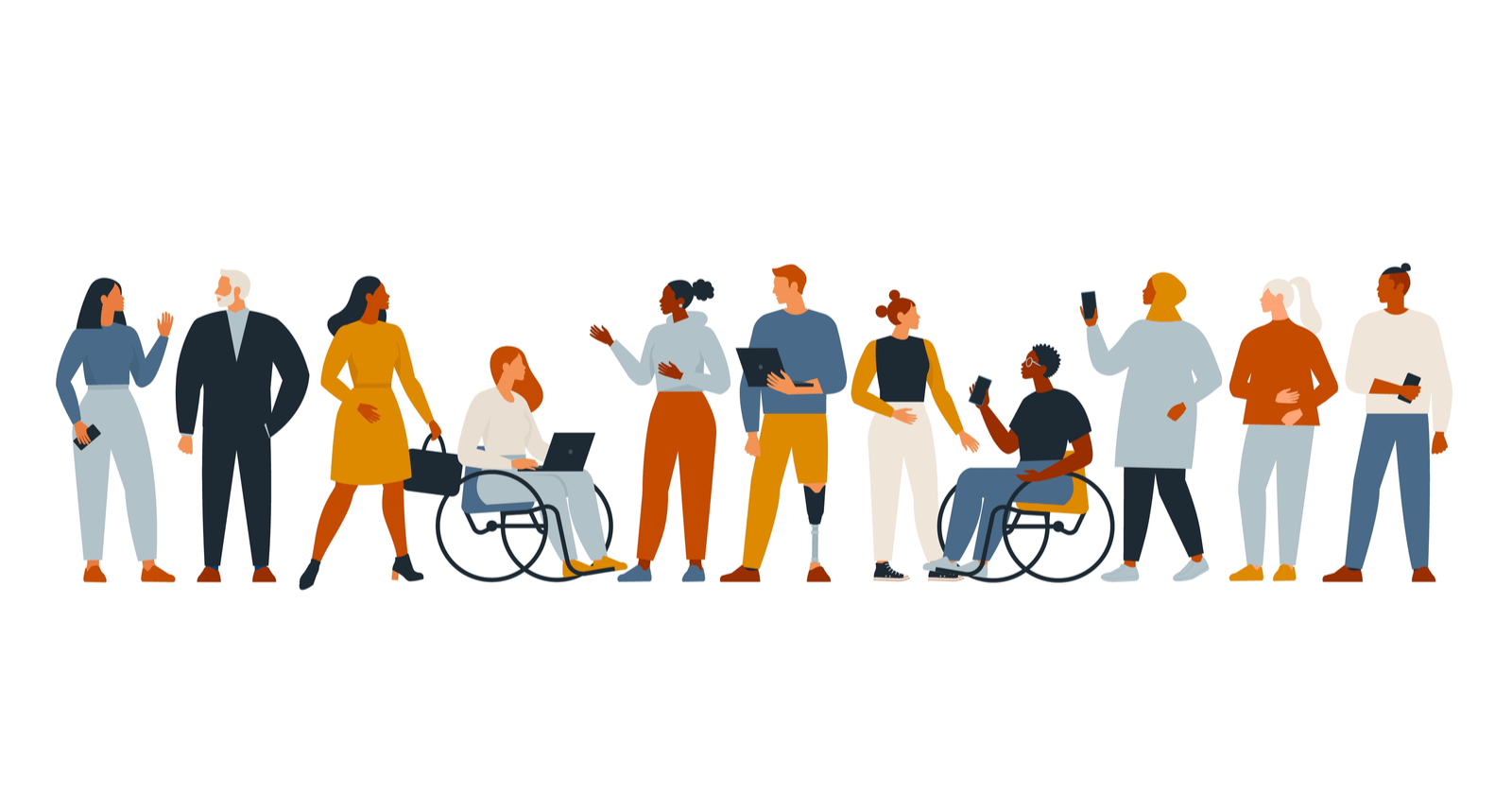A new research study analyzed characters in media to get a better understanding of cross-cultural representation in digital advertising, as well as how those characters were portrayed.
The study shines light on negative stereotypes reinforced through media and what it means for advertisers.
Diversity & Inclusion in Media: The Study
The Geena Davis Institute on Gender in Media analyzed the most-watched ads on YouTube between 2015 and 2019, including 978 ads in 11 verticals with a total of 4,171 characters.
Globally, nearly 40% of the characters depicted were characters of color, which seems to indicate an improvement from prior years. However, despite an overall improvement in diversity, there are still gaps in representation across race, gender, and other aspects of identity.
Latinx characters were largely underrepresented. Despite making up over 18% of the U.S. population, only 6% of characters most seen by U.S. audiences were Latinx.
Globally, 74% of ads featured at least one woman but, of those, 61% were white. Only 35% of BIPOC characters were women. Middle Eastern women were particularly underrepresented; only 2 in 10 middle eastern characters were women.
Furthermore, almost all characters with disabilities were depicted as white.
Reinforcing Negative Stereotypes in Media
Perhaps more concerning than the overarching representation trends were the tendencies of ads to depict common stereotypes.
According to Madeline Di Nonno, President and CEO, Geena Davis Institute on Gender in Media, “Stereotypes shape our split-second emotional responses and judgments of others in ways we may not be conscious of, so media reinforcing negative stereotypes of people of color produces real-world discrimination”
Advertisement
Continue Reading Below
A few of the harmful themes included:
- The fact that white characters were nearly 2X as likely to be portrayed as especially intelligent than other races.
- Less than 1% of characters were indigenous and, of those, only 4% had speaking roles. Portrayals of people that are seen but not heard can have a tokenizing impact.
- Latinx characters were nearly 3x as likely to appear partially nude and 2x as likely to appear in revealing clothing.
- Compared with other groups, Latinx characters were overrepresented at sporting events.
- Asian characters were half as likely to be depicted as driving compared to other characters.
- Black characters were almost 2X as likely to be depicted in comedic roles.
- White characters represented 69% of characters in media and entertainment, the least diverse vertical.
Where Do We Go From Here?
One of the biggest pitfalls that advertisers accidentally fall into, is to create creative and campaigns designed from only their perspective and experiences.
Having a diverse team internally, and as partners, allows for a broader lens through which the campaign can be designed.
One of the best ways to ensure that your campaigns are inclusive is to make sure that your team is.
Furthermore, to combat the issue of designing campaigns and creatives lacking inclusion, Google suggested that marketing teams consider these questions:
Advertisement
Continue Reading Below
- Does my team reflect the communities whose stories we want to tell? Are we collaborating with people from those communities?
- Does this ad elevate the stories and reflect the diversity of traditionally underrepresented groups?
- Are the characters depicted with agency?
- “Does this portrayal challenge tropes and stereotypes”
Source:


